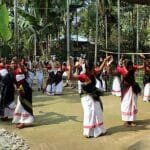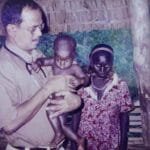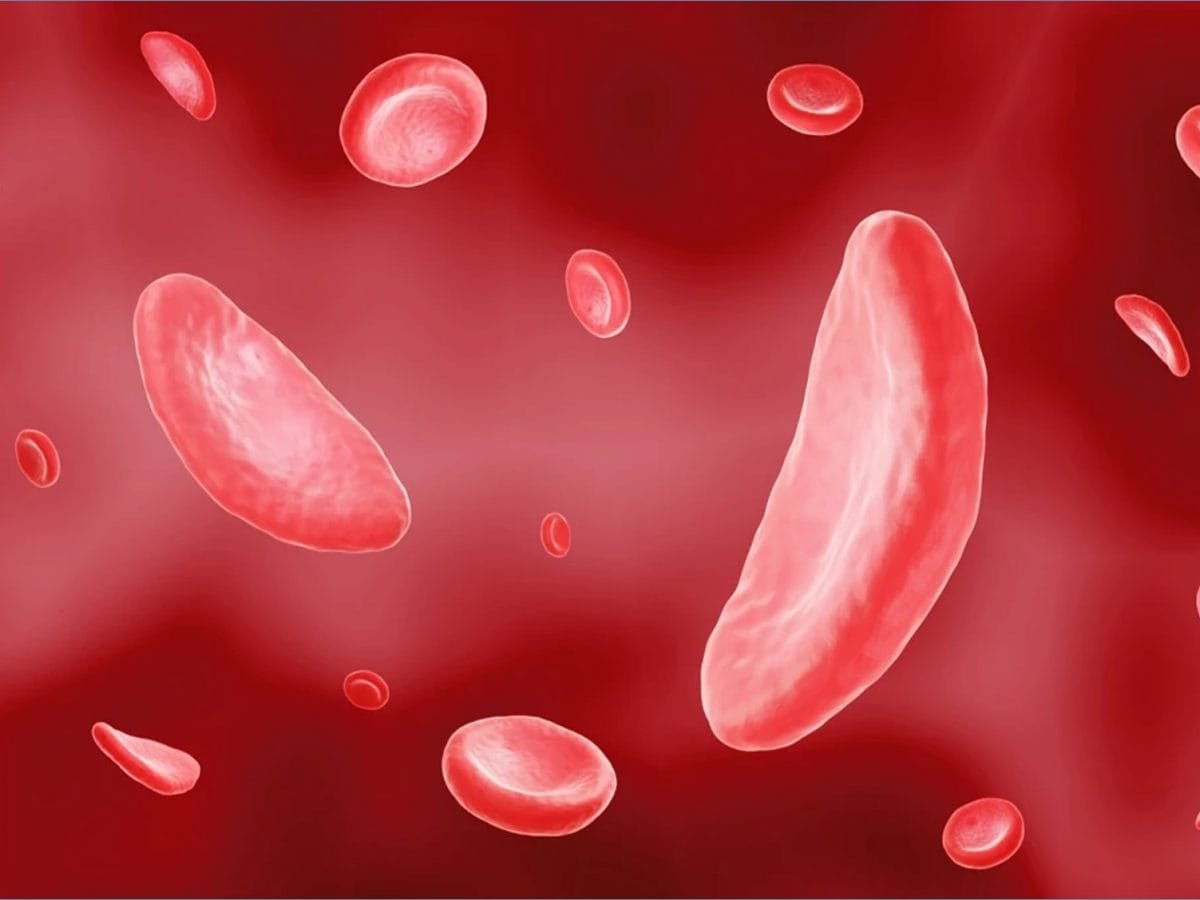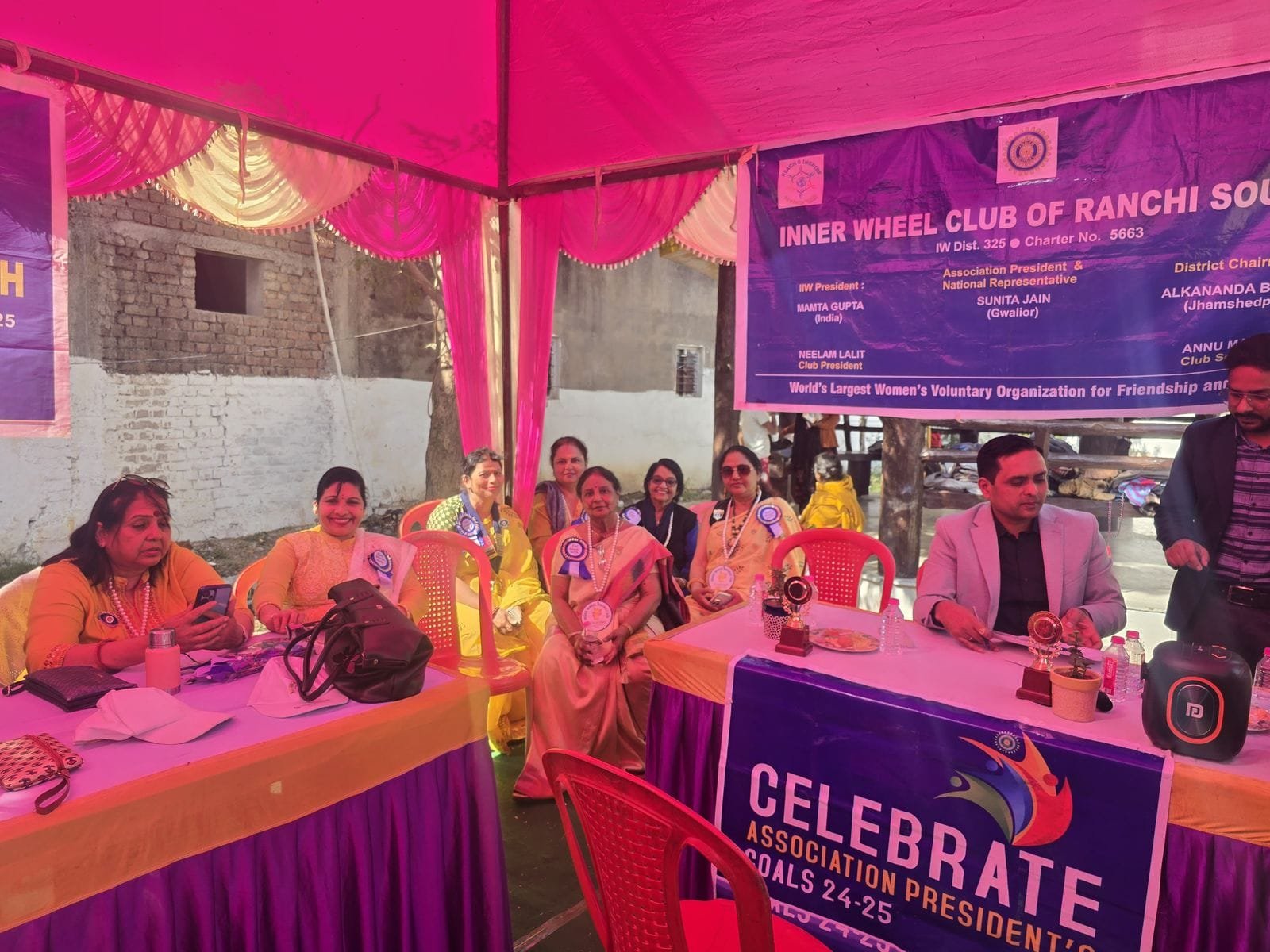Gujarat has taken a groundbreaking step in genomic research by launching India’s first Tribal Genome Sequencing Project, aimed at studying the genetic makeup of indigenous tribal populations to combat inherited diseases. This pioneering initiative, led by the Gujarat Biotechnology Research Centre (GBRC) in collaboration with the state health department, seeks to map the genetic diversity of tribal communities to identify disease risks, improve early diagnosis, and develop targeted healthcare solutions.
With tribal populations often exhibiting unique genetic mutations due to centuries of isolation and endogamy (marriage within the community), they face a higher burden of hereditary disorders like sickle cell anemia, thalassemia, and G6PD deficiency. This project could pave the way for precision medicine tailored to India’s tribal groups, reducing healthcare disparities and aligning with the national mission to eliminate sickle cell anemia by 2047.
Why a Tribal Genome Project?
1. High Prevalence of Genetic Disorders in Tribal Populations
India’s tribal communities, constituting 8.6% of the population (Census 2011), often live in remote areas with limited access to healthcare. Due to genetic isolation, they have a higher incidence of inherited diseases compared to the general population. For example:
- Sickle cell anemia affects 1 in 86 tribal births in India (ICMR data).
- Thalassemia is widespread among tribes like the Gamits and Dhodias in Gujarat.
- G6PD deficiency, a metabolic disorder, leads to severe anemia in tribal children.
2. Lack of Comprehensive Genetic Data
Most genomic studies in India have focused on urban or non-tribal populations, leaving a knowledge gap in tribal genetics. This project will fill that gap by creating the first tribal genetic database in India.
3. Need for Precision Medicine
By identifying tribe-specific genetic mutations, scientists can develop:
- Early screening programs (e.g., newborn genetic testing).
- Customized treatments (e.g., gene therapy for sickle cell disease).
- Preventive strategies (genetic counseling to reduce disease transmission).
Tribes Included in the Study
The project will focus on five major tribal communities in Gujarat, selected based on disease prevalence and genetic uniqueness:
1. Bhils
- Population: Largest tribal group in Gujarat (primarily in Dahod, Panchmahal, and Sabarkantha).
- Health Concerns: High rates of sickle cell anemia (up to 30% carriers in some areas).
2. Gamits
- Region: South Gujarat (Tapi, Surat, Dang).
- Health Concerns: Thalassemia major and G6PD deficiency.
3. Dhodias
- Region: Valsad, Navsari.
- Health Concerns: Hemoglobinopathies (blood disorders) and metabolic diseases.
4. Vasavas
- Region: Bharuch, Narmada.
- Health Concerns: Susceptibility to autoimmune disorders.
5. Rathwas
- Region: Chhota Udaipur.
- Health Concerns: Rare genetic disorders (under research).
Key Inherited Diseases Being Studied
The project will primarily investigate four major categories of genetic disorders:
1. Sickle Cell Disease (SCD)
- Cause: Mutation in the HBB gene, leading to abnormal hemoglobin.
- Impact: Severe pain, anemia, organ damage.
- Tribes Affected: Bhils, Rathwas.
2. Thalassemia
- Cause: Defective hemoglobin production.
- Impact: Lifelong blood transfusions required.
- Tribes Affected: Gamits, Dhodias.
3. G6PD Deficiency
- Cause: Lack of glucose-6-phosphate dehydrogenase enzyme.
- Impact: Hemolytic anemia triggered by certain foods (e.g., fava beans) or medications.
- Tribes Affected: Widespread in multiple tribes.
4. Rare Genetic Disorders
- Examples: Muscular dystrophy, lysosomal storage disorders.
- Focus: Identifying mutations unique to isolated tribes.
How the Genome Project Works
1. Sample Collection & Sequencing
- 5,000+ tribal individuals will be screened.
- Whole Genome Sequencing (WGS) will be performed to identify disease-linked mutations.
2. Data Analysis
- Comparing tribal genomes with non-tribal populations to find unique variants.
- Using AI and bioinformatics to predict disease risks.
3. Creating a Tribal Genetic Database
- First-of-its-kind reference genome library for Indian tribes.
- Will help in future research and drug development.
4. Healthcare Implementation
- Newborn screening programs for early detection.
- Genetic counseling to reduce hereditary disease transmission.
- Developing affordable treatments (e.g., gene therapy for sickle cell).
Expected Outcomes & Benefits
1. Early Diagnosis & Prevention
- Newborn screening can reduce child mortality from sickle cell disease.
- Carrier testing before marriage can lower disease incidence.
2. Better Treatment Strategies
- Personalized medicine based on tribal genetic profiles.
- Targeted therapies for thalassemia and G6PD deficiency.
3. Policy & Public Health Impact
- National Tribal Health Mission can use data for better healthcare planning.
- Vaccine development (e.g., malaria resistance studies in tribals).
4. Global Significance
- Could serve as a model for other countries with indigenous populations.
- Contributes to global genomic diversity research.
Challenges & Ethical Considerations
While the project is revolutionary, it faces some hurdles:
- Consent & Privacy: Ensuring tribal communities understand and consent to genetic studies.
- Data Misuse: Preventing exploitation of genetic data by private companies.
- Healthcare Access: Translating research into affordable treatments for remote tribes.
Gujarat’s Tribal Genome Project is a landmark initiative that could revolutionize healthcare for India’s indigenous communities. By decoding the genetic basis of inherited diseases, it opens doors to precision medicine, early interventions, and better public health policies. If successful, this project could be scaled nationwide, benefiting over 100 million tribal people across India and setting a global example for inclusive genomic research.
The next steps involve expanding research, ensuring ethical practices, and implementing findings into real-world healthcare solutions—bringing science closer to those who need it the most.












